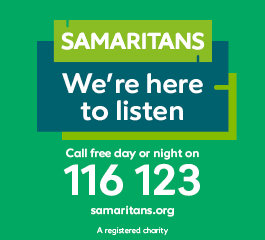Animate me
19 December 2017It’s ironic that at a time when the arts are being billed as an “extra” and not fundamental to school curriculums, the NHS is increasingly leaning on the arts as a form of treatment. Their approach, social prescription, which is defined as a preventative approach to healthcare, looks towards improving health through promoting social and physical wellbeing.
"Art gives people at risk of exclusion a voice and builds resilient communities."
A report from the Royal College of Occupational Therapists – whose work is closely aligned with ours – shows that putting occupational therapy at the frontline of the NHS cuts unnecessary A&E admissions by up to 80 percent. This is art for purpose. This is the art that takes the pressure off a struggling NHS, reduces dependency on prescription drugs and frees hospital beds.
Picture this
Art gives people at risk of exclusion a voice and builds resilient communities. The benefits of music, art and drama have always been difficult to quantify, but what is undeniable and deeply ironic is that the Government has woken up to the fact that they are incalculably important. The All Party Parliamentary Group on Arts Health and Wellbeing (APPGAHW) Inquiry July 2017, has come to the conclusion that art does breed heightened social interaction, confidence and wellbeing, something participatory arts organisations have known for years.
Digital animation as therapy
I work for Salmagundi Films, a not for profit participatory arts company that has pioneered the use of film, stop frame animation and digital arts as a therapeutic communication tool to connect not isolate. We work across the community specifically in the areas of mental health and dementia. Working in residential and assisted living environments we have observed how teaching new skills and empowering participants to have complete ownership over the creative process makes a profound impact on their health and wellbeing. Furthermore, it increases their sense of belonging and improves relationships with staff, families, their environment and each other.
‘B’ attended our In The Loop project – a multi media course for young adults using creative apps on iPads to produce a digital CV – in partnership with NELFT Early Intervention in Psychosis Team. We were warned by B’s mum that he was very withdrawn and that he may not be able to maintain focus or attend every week. She was apprehensive about leaving him for the duration of the workshop.
“The programme allowed them to feel like they were moving back towards the life they want and several have reported that it did not feel like it had anything to do with mental health. This is really important.”
By the end of the eight-week course, B’s Mum spoke about the dramatic changes she had seen in her son, how excited he was to come every week and how he was interacting much more with the family. “He’s a different person to the one I brought in on the first day…"
Visible transformation
As Dr Eilis Quinlan, Clinical Psychologist for Barking & Dagenham Early Intervention in Psychosis Team said in his evaluation of In The Loop: “The programme allowed them to feel like they were moving back towards the life they want and several have reported that it did not feel like it had anything to do with mental health. This is really important.”
We are first hand witnesses of how the process and the end product prompt a visible transformation in people’s moods and attitude. It gives a sense purpose and meaning to their day.
Laurence spoke for many participants when he told us: “You have shown me what possibilities exist - because if people use their imagination there are no limits, are there?”


Comments
Write a Comment
Comment Submitted